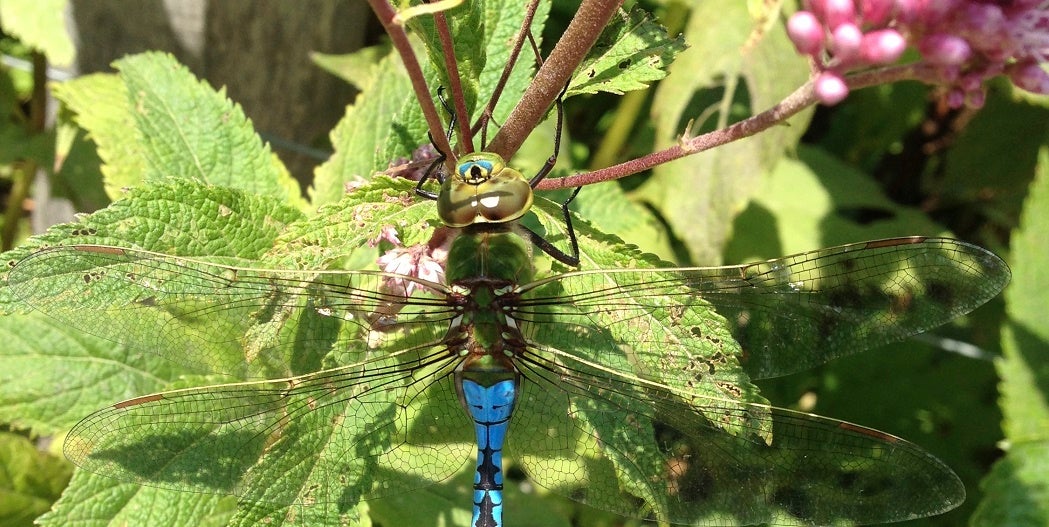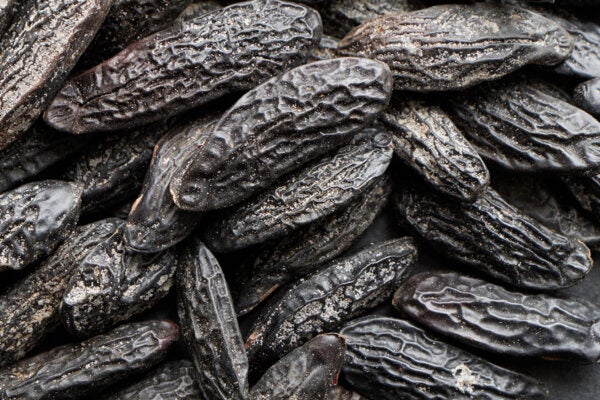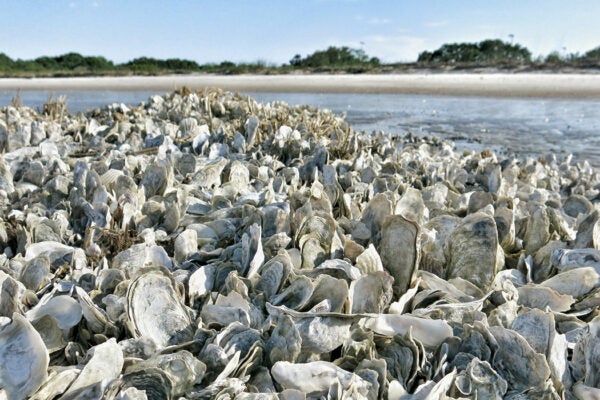The birds do it. The butterflies do it, most spectacularly in the case of the Monarchs. And now we know that the dragonflies do to it, too: long-distance migration. As I type, Common Green Darners, Wandering Gliders, Spot-Winged Gliders, and other species of dragonflies are making their way south.
Remarkably, this phenomenon wasn’t formally described in the literature until quite recently.
There is this suggestive notice by zoologist Jack P. Hailman, who observed swallows and a single dragonfly flying over the Caribbean in 1960. He called this the “first direct evidence of migratory flights [by birds and dragonflies] across the eastern Caribbean.” Now we know that long distance flights over water are standard for some species of songbirds. The lone dragonfly that landed on Hailman’s ship wasn’t just a freakish happenstance, either.
In 1998, the American Midland Naturalist published this article about massive dragonfly flights fluttering past Chicago, IL; Cape May, NJ; and Crescent Beach, FL. The authors note the “striking parallels between the patterns of seasonal timing, geographical distribution, and meteorological context of dragonfly migrations and those of birds.”
But how dragonflies do it is still an open question. This article in Integrative and Comparative Biology from 2008 discusses the optimal strategies for insect migrations in the face of that formidable obstacle, the wind. “The abilities of butterflies and dragonflies to adjust their airspeed over water indicate sophisticated control and guidance systems.”
But there is still plenty to discover. And scientists need more eyes. The collaborative Migratory Dragonfly Project has a “citizen scientist” component, meaning that observant folks in Canada, the United States, and Mexico can submit their own sightings of migrating dragonflies.







